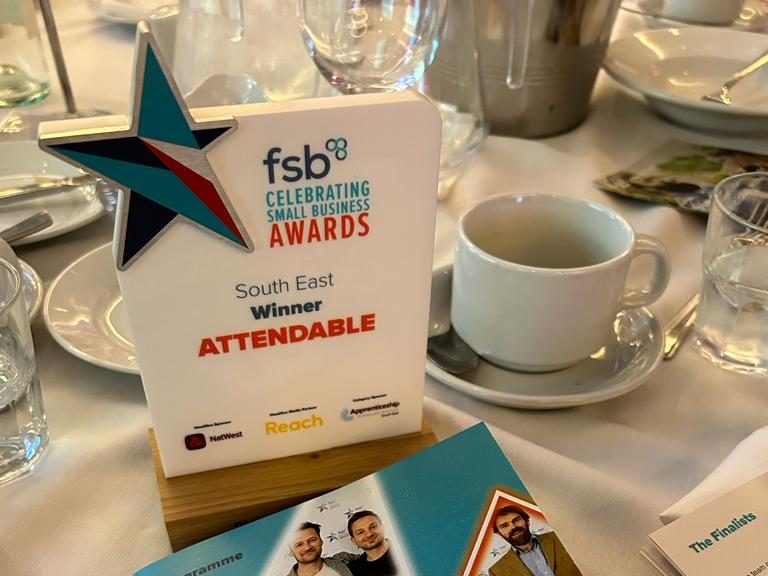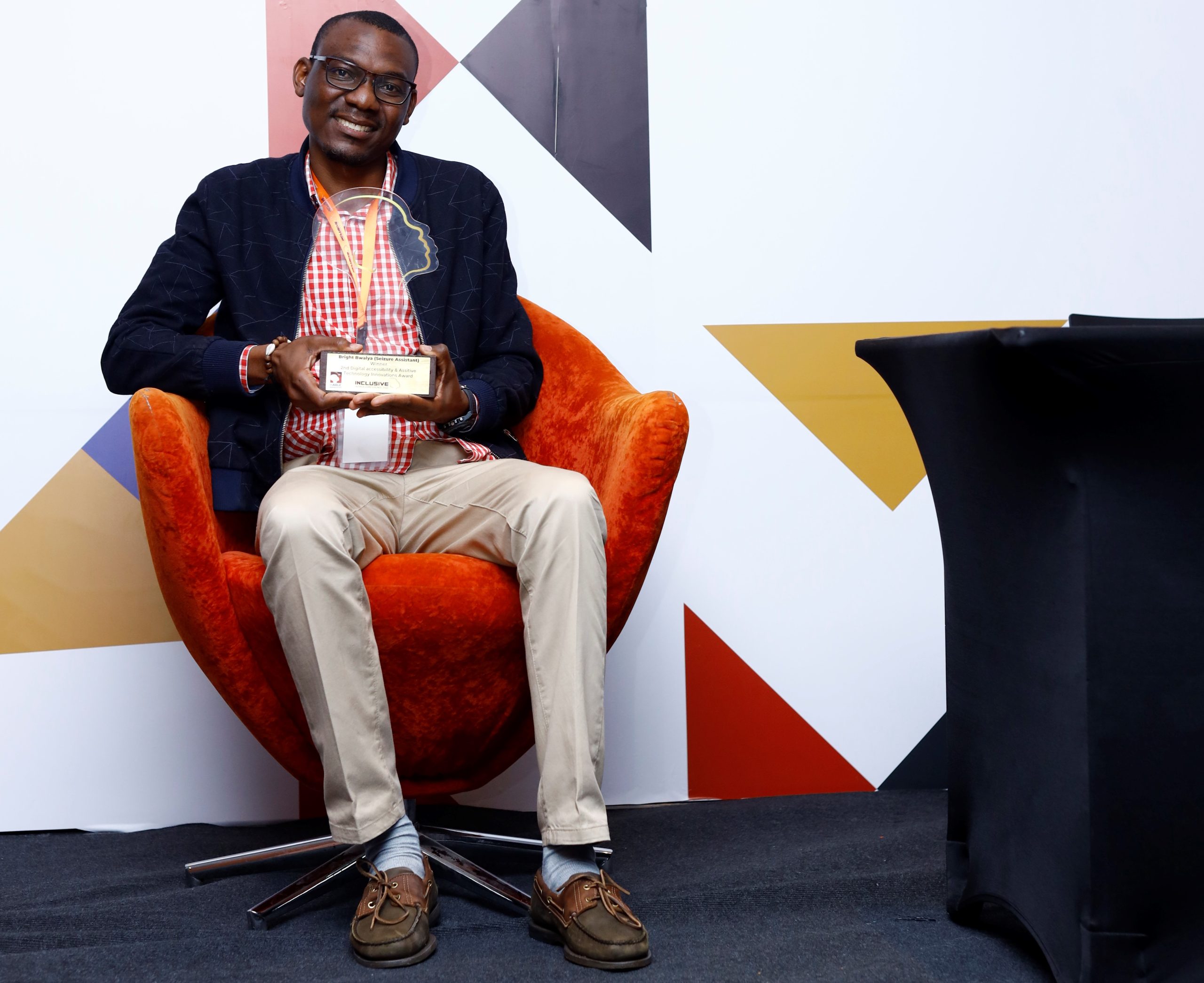We’re proud to have been the events delivery partner for AbilityNet’s Techshare Pro conference again this year. The 3-day virtual conference was all about building a digital world accessible to all. There were over 100 speakers, around 60 sessions and almost 1,000 delegates in total. It was epic and we loved it!
Digital accessibility and inclusion are always at the heart of our planning and event delivery for our clients, and as this was also central to the event, we thought we’d share a bit of what we learned along the way about making virtual conferences accessible…
Just because its digital doesn’t mean its accessible
Before finally selecting the virtual event platform for TechShare Pro we reviewed a variety of options that are on the market – from the self-service variety, the managed solution to the bespoke build. Our very first question before every product demo was, “is this platform accessible, does it comply with the WCAG guidelines?” More often than not, the question wasn’t even understood, let alone answered favourably. And for those that did have a bit of clue of what we meant by digital accessibility, they often weren’t able to answer how we might bring in sign language interpreters and speech to text captions on screen. If you want your virtual conference to be accessible, make sure all your suppliers understand this from the outset.
Accessibility is something everyone benefits from not just your delegates
Many virtual events platforms focus on the delegate experience. And while this is undeniably important, it sometimes means that the speaker or organiser experience is overlooked. Anyone can have additional access requirements and some virtual solutions do not always think about this in the round. If you’re pushing out captions and British Sign Language for delegates to access, you also need to know how speakers with similar access requirements are going to access them at the same time when they are ‘on stage’ in a virtual event? It goes further than that, you need to think about how audience questions get fed to your speakers, not everyone can access in-built chat functions (or they have them turned off as they are too distracting), or hear questions being asked. There is always a hack or two that can be deployed, but it would be easier if the technology you’re using was built to support this.
And…the audio actually went down on one of the streams (the joys of the internet and live events) and it turned out that the live captions provided by MyClearText were a lifeline for everyone!
Give people a chance to network and talk
Large events are all about bringing people together to meet and discuss the latest developments in a particular sector. Allowing enough time for the conversation to flow is really important. Keep formal presentations to a minimum, the more slides that are shared, the more you loose your audience – and the harder it is to make the content accessible to everyone. Your delegates want to ask questions and your speakers want to be able to answer them. And, delegates usually go to events to network with others in their sector, so think about how you can build that into your virtual event in a way that everyone can participate. Some automated networking tools are great, but they don’t always support people that use assistive technology.
Look after your delegates
Everyone is spending a lot of time on a computer, laptop or tablet currently. Attending a virtual event probably also means your delegates are doing their day-job alongside your sessions. When you’re designing your programme, make sure you build in some breaks. It’s really important and it gives everyone a chance to digest what has been shared in the previous sessions. One of the nicest innovations at this year’s TechShare Pro was the introduction of lunchtime wellbeing sessions, which were drop in sessions on managing stress and anxiety and improving your mental wellness and wellbeing. If you look after your delegates, they will hopefully want to come along to your next event…virtually or, in-person!
If you’d like to find out how we can make your next virtual conference accessible and inclusive, please do get in touch!



















































